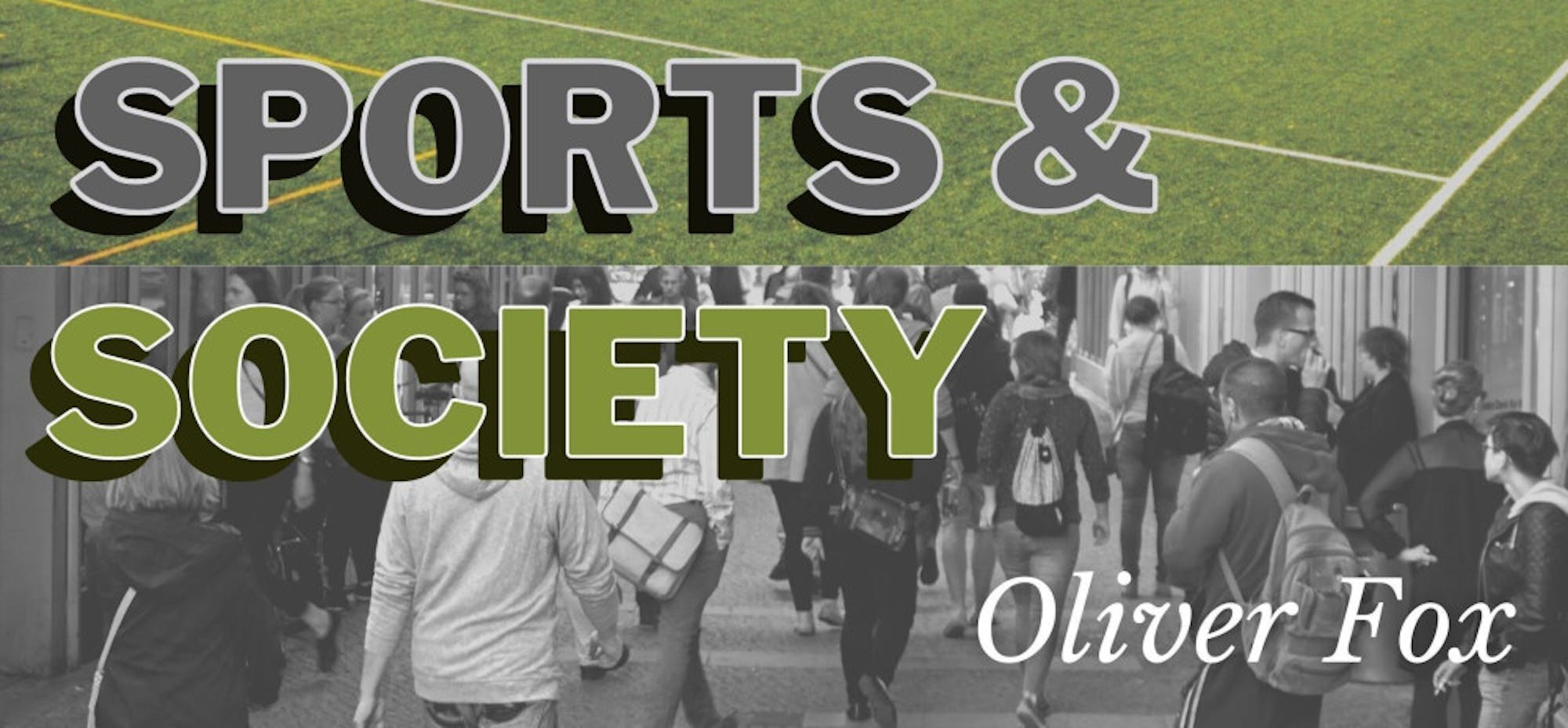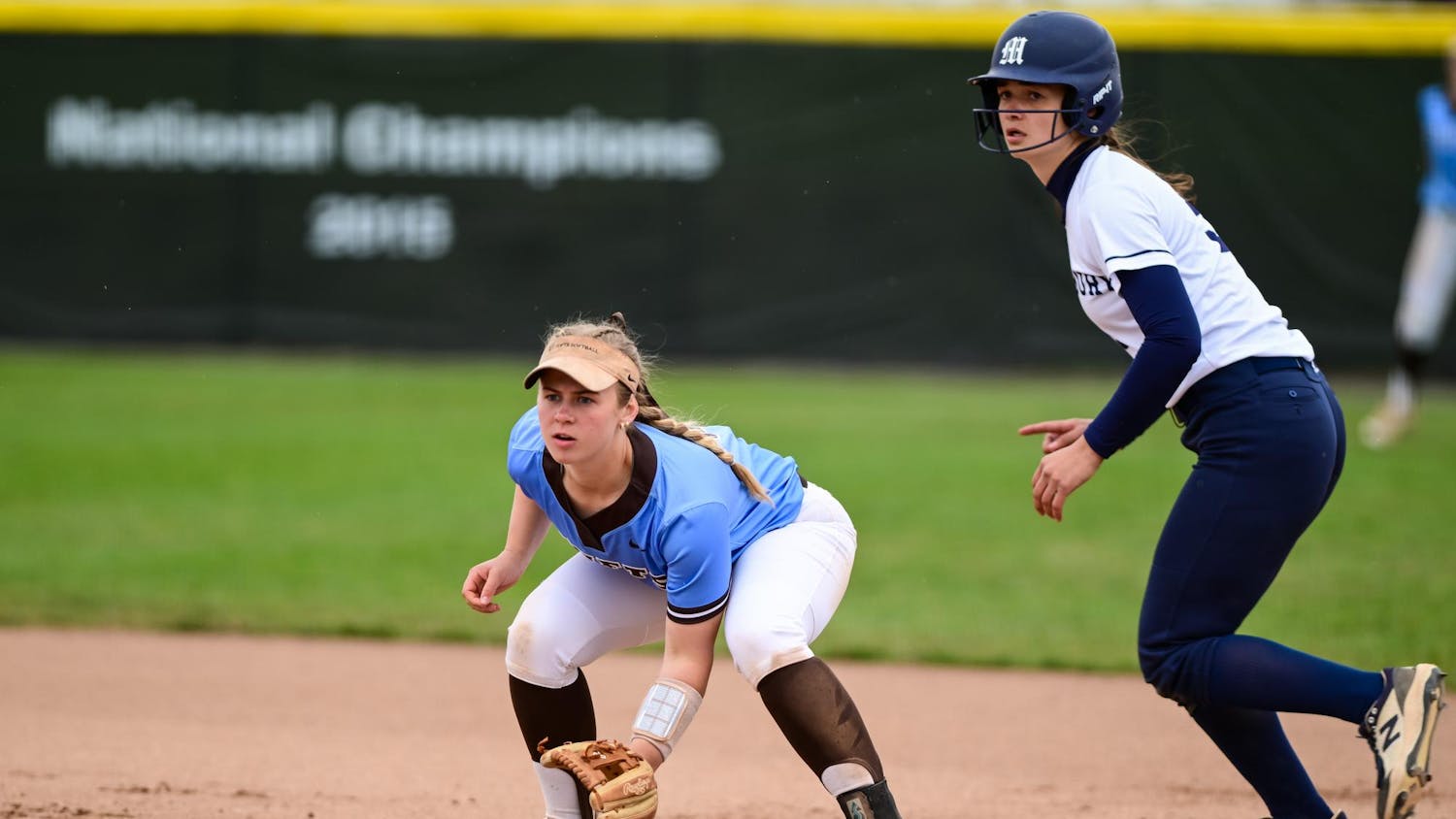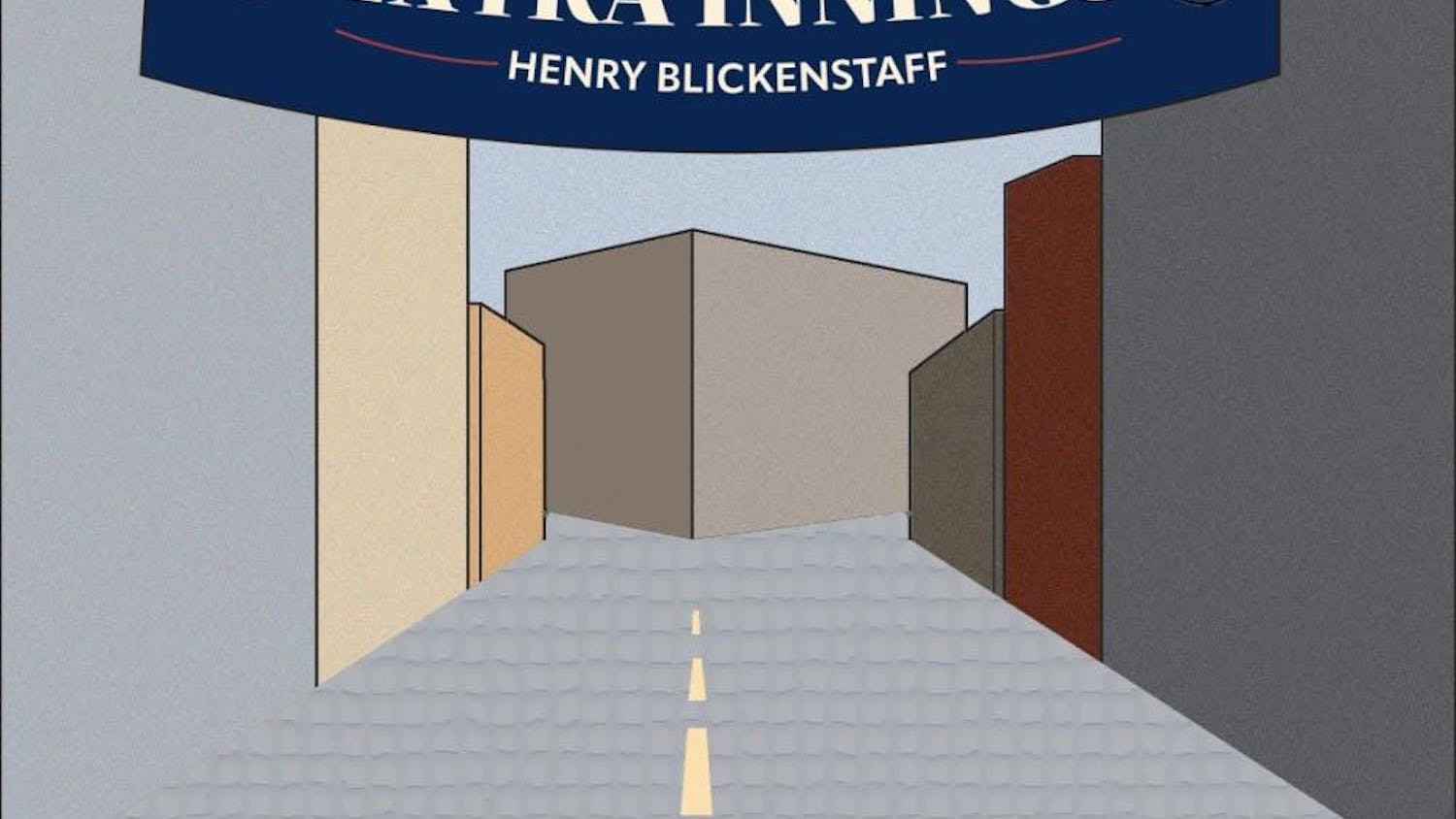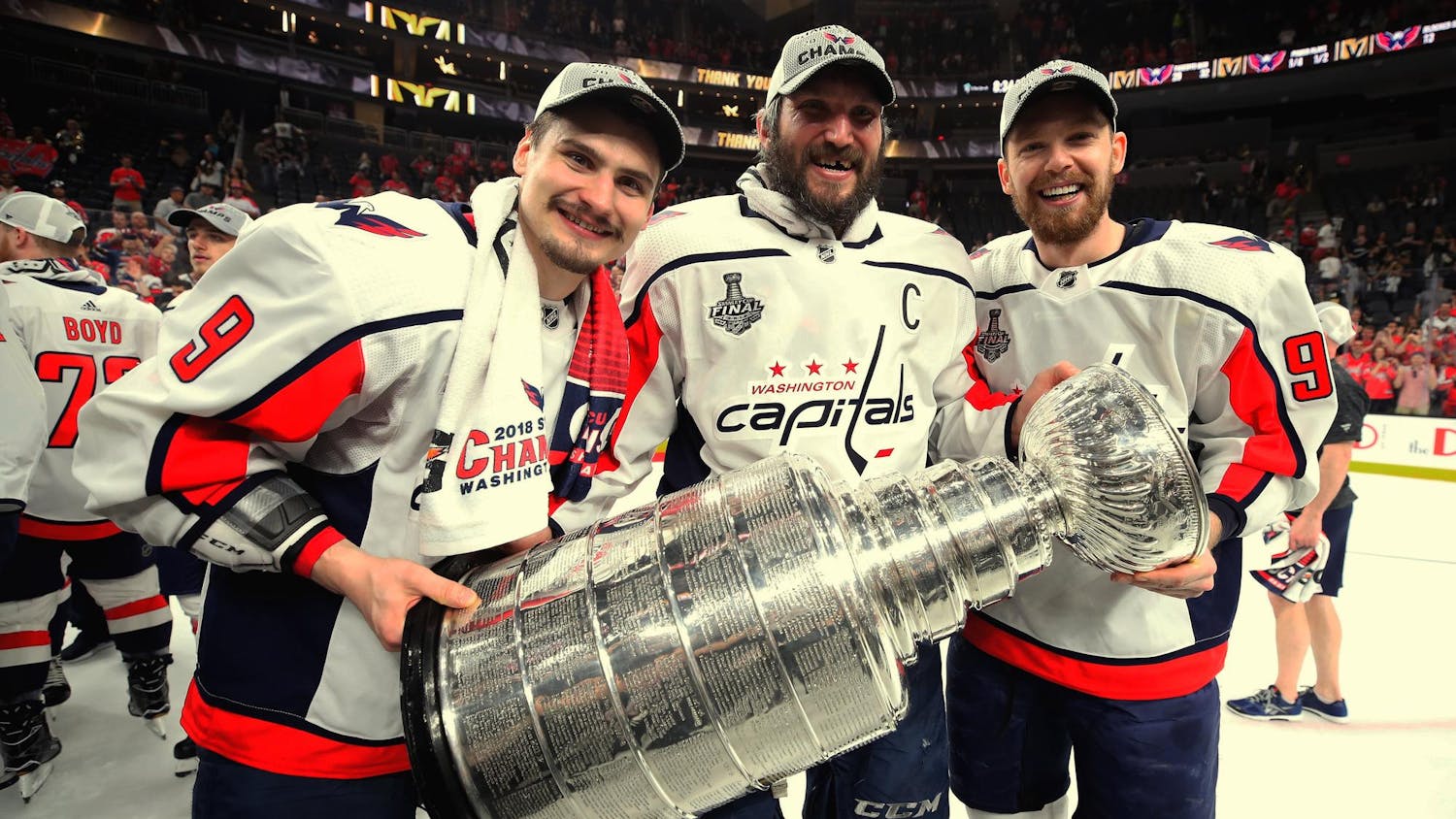According to the NFL, there is no upper limit to how hard you can hit, so long as you do it legally. Most of the illegal ways of hitting involve plays that put a player at excessive risk of head trauma and concussions. These include leading with the crown of your helmet, grabbing another player’s face mask or blindsiding a defenseless player. These plays primarily attempt to limit concussions, generally considered the most dangerous long-term injury happening to football players since the discovery of chronic traumatic encephalopathy in 2002.
Miami Dolphins quarterback Tua Tagovailoa suffered what, to every single person watching, appeared to be a concussion in Week 3 of the NFL season. His head was slammed against the ground, and he was unable to walk or stand upright and appeared visibly woozy. To utter disbelief of anyone with eyes, Tagovailoa cleared the NFL’s concussion protocols in 30 minutes and re-entered the game, with the injury apparently being to his back rather than his head.
Tagovailoa then played his Week 4 matchup four days later and was awkwardly spun into the ground, slamming his head in the process. He then displayed what is known as the fencing response, which generally indicates a brain stem injury. Not even the NFL’s medical gymnastics could explain away this, and Tagovailoa was taken off the field in a stretcher and eventually to the hospital.
According to every medical professional that exists, Tagovailoa’s risk of more serious brain injury, such as the one he sustained during Week 4, would have skyrocketed had he sustained a recent concussion, such as the one everyone saw (but the Dolphins denied) on Sept. 25. Those same experts also said he was lucky, and that he very well could have died. The NFL Players Association immediately initiated an investigation, and the independent evaluator who cleared Tagovailoa was fired. Phew. Problem solved, right?
Despite its many claims to the contrary, the NFL proved this past week that it still does not take player safety seriously. Even after spending billions on settling lawsuits and initiatives aiming to improve player safety with technological improvements to helmets and pads, the NFL has failed repeatedly to recognize where its safety measures are lacking the most: the blue medical tent.
While a single, isolated concussion can carry a wide range of outcomes, the most extreme risk of injury and even death comes when a player has already suffered one concussion and then experiences another, which is exactly what happened to Tagovailoa.
Concussions are not like a broken leg or a ruptured Achilles. The symptoms are rarely immediately obvious and, depending on the motives of the player and doctor involved, may be grossly misdiagnosed in the sideline medical tent.
For a player to be cleared to return, they must be evaluated by both the team doctor and an independent neurologist not affiliated with the team. Yet the team doctor has final say in determining if a player has cleared protocol, which is about as weak a safeguard against a conflict of interest as you could possibly come up with. The team-affiliated doctor has every incentive to clear a player as quickly as possible, since their employer’s main goal is to win football games.
Imagine if a hospital's income was determined by how fast its patients got better, which is essentially the player safety model the NFL is passing off as adequate. Things would be conveniently overlooked for the sake of the overall product, which probably wouldn’t cut it in the medical community. The life threatening injuries of professional NFL players shouldn’t be overlooked by the most valuable entertainment product in the world.






